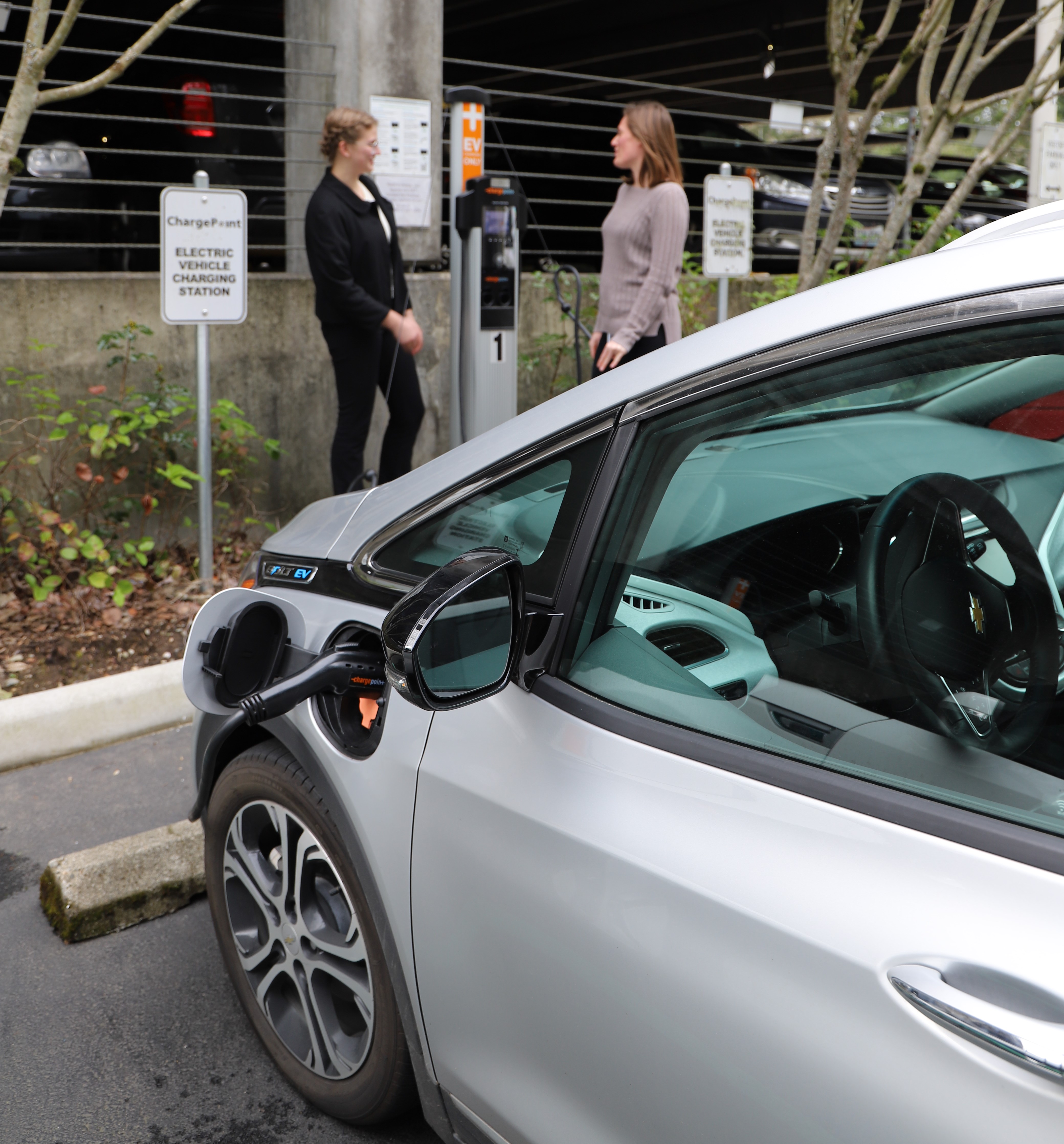
New rules for zero emission vehicles will soon bring more choices to Washington consumers looking for an electric or hydrogen fuel cell car or truck that emits no greenhouse gases or any other form of tailpipe pollution.
Cars and trucks are the largest source of greenhouse gas emissions in Washington, accounting for about 45% of total emissions. In 2020, the Washington Legislature approved new requirements for zero emission vehicles, aligning Washington with California and 13 other states that have adopted or are working to implement similar standards.
“Vehicles are the biggest source of carbon pollution in Washington, and major emitters of toxic air pollution,” said Kathy Taylor, who manages Ecology’s Air Quality program. “With more electric or hydrogen vehicles coming on the market every year, it’s time to move away from fossil fuels and toward clean transportation.”
Making it easier to get that zero-emission model you want
The current standard requires about 8% of passenger cars and trucks to meet the zero emission standard beginning in 2024. Future plans call for these standards to be raised until all new vehicles eventually meet the zero-emission requirements.
In November, an executive order by Washington Gov. Jay Inslee put state agencies on track to switch to 100% electric vehicles by 2035, for light duty cars and trucks, and 2040 for heavy duty vehicles.
In the past, vehicle manufacturers have often given priority for their electric or hydrogen vehicles to states that have zero emission vehicle standards so they could meet regulatory requirements. That’s meant that buyers in Washington have had to travel to other states to find a particular model — or sometimes that it was simply impossible to get one here.
“Even without these zero emission standards, Washington consumers have been national leaders in making the switch to electric vehicles,” said Dustin Watson, who manages Ecology’s zero emission vehicle program. “When the new rules take effect in 2024, we’ll finally have access to every clean car or truck offered on the market.”
Why the wait?
If the law was passed in 2020 and the rules adopted in 2021, why do we need to wait until 2024 for them to take effect? The delay is a due to a provision of the federal Clean Air Act. States like Washington can adopt California’s additional standards, but we must give auto manufacturers two model years notice. Because new model years for cars are typically put on sale before the calendar year starts (you can buy a model year 2022 car today in 2021, for instance), that pushes back the effective date.
One important thing to remember is that the standards apply to manufacturers. If you’re buying a car or truck, you can continue to purchase whatever vehicles suits your needs.
Separate standards Ecology adopted for medium and heavy-duty vehicles like semi-trucks and delivery vans will phase in gradually through 2035, eventually requiring between 40% and 75% of these vehicles to meet zero emission standards, depending on their category.

